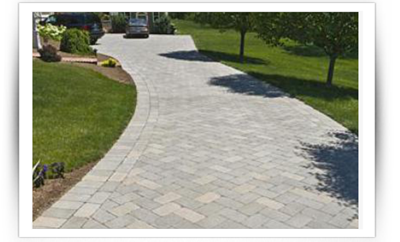| Cool pavements refer to a range of established and emerging materials. These pavement technologies tend to store less heat and may have lower surface temperatures compared with conventional products. They can help address the problem of urban heat islands, which result in part from the increased temperatures of paved surfaces in a city or suburb. Communities are exploring these pavements as part of their heat island reduction efforts. The conventional pavement surface temperature is generally 20-30ºC [68-86°F] higher than the air/surrounding temperature due to pavement solar energy absorption during daytime, especially in the summer. Also, the absorbed heat energy from pavement surface, which stored in the pavement subsurface, will be re-released into the atmosphere after sunset, keeping heating the atmosphere at nighttime. Due to the large area covered by pavements in urban areas, they are an important element to consider in heat island mitigation. Cool pavements can help to address heat islands effect through reducing pavement and air temperature, if used in a large scale. Also the cool pavements with lower surface temperature could reduce the chance of heating storm water as it runs off the pavement into the local waterways. Besides these effects contributing to address the problem of urban heat islands and improve water quality, the lower temperature in the pavements also would reduce pavement damage/deterioration and improve pavement service life/durability.
Cool pavements can be made from traditional paving materials, such as cement concrete. New cement concrete has a solar reflectance (SR) of 30–50%.
|
There are also novel cool-colored coatings for asphalt concrete pavements that reflect about 50% of sunlight. Another approach is to use a clear binder that reveals highly reflective (light-colored) aggregate.
Benefits:
a) Energy savings and emission reductions.
b) Improved comfort and health
c) Increased driver safety
d) Improved air quality
e) Reduced street lighting cost
f) Reduced power plant emissions
g) Improved water quality
*Source: https://heatisland.lbl.gov/coolscience/cool-pavements
 *Image source: https://heatisland.lbl.gov/coolscience/cool-pavements
*Image source: https://heatisland.lbl.gov/coolscience/cool-pavements |